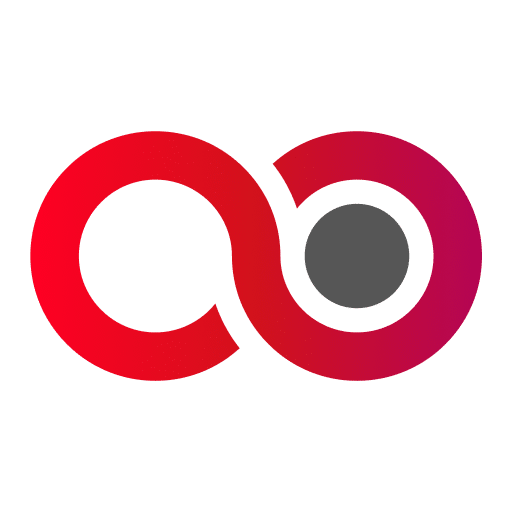As organizations plan their return to the office, they face many challenges. Employees have mixed feelings about returning to the office. Some can't wait to get back to the office, while others are still anxious. But beyond that, hybrid working has redefined work as we know it today. Beyond the need for social distancing and cleaning, talents are looking for companies that care about their well-being. Workspace management tools have a key role to play. They help organizations and employees to meet these challenges.
Workspace reservation and management software can help optimize theemployee experience and manage rooms and resources efficiently. The stakes linked to innovation, digital design and virtual workspace rental are high in the French commercial real estate industry. The notion of the " smart workplace " is also increasingly present, with the use of technologies to create dynamic work environments tailored to the needs of groups of employees.
Organizations approach the concept of hybrid models in very different ways. There is no one-size-fits-all solution. But the organizations that are doing well have made it easy for their employees and are using technology to support their plan. Implementing telecommuting requires listening to employees' needs. To attract employees to the office, the work environment must be appealing. This is where new issues come into play: space planning, real estate management, managerial innovation and employee well-being.
Table of Contents
ToggleHybrid working: companies want their employees to return to the office
Organizations have made a series of announcements to communicate the return of everyone to the office. They are encouraging the use of branches close to home rather than in the city center. Some are encouraging people to work where it suits them. The concepts behind these work models are easy to grasp. But actually quite difficult to implement in a post-covid world.
Getting everyone together in the same place seems simple enough, because that's what happened before the pandemic. But today, it takes a lot of planning to determine office locations to manage social distance. Planning is also essential to ensure that high-traffic areas are cleaned more often than before.
Planning tools facilitate workspace management, employee autonomy and productivity
In the case of models that use local offices or a "come when you want" approach, schedule management is important. Nobody wants everyone to show up on the same day. In these examples, using an existing scheduling tool integrated with a workspace management system helps to alleviate sticking points.
For example, if organizations can encourage people to plan and book their on-site presence in advance, using a tool they already use - such as a Microsoft or Google calendar - and combine it with space planning, they can then identify peak times. In this way, organizations can ensure that there's a clean desk available for everyone. If people can't find space to reserve, they know they can choose another day. This gives people control and reassurance about cleaning and distancing. And as a result, it helps them manage their fears about going to the office.
It can also boost productivity and make travel even more interesting. When people can see who will be in the office on certain days, they can arrange to go at the same time. Employees can meet face to face, and this encourages collaboration.
Workspace management tools are also essential for employee well-being and talent retention.
Today, quality of working life (QWL) and employee benefits are paramount issues. It's important to consider this a priority, and to ensure thefulfillment and happiness of workers in order to improve professional performance and motivation. Relaxation and stress management activities can help promote a healthy mindset in the workplace. Professional advice and action to increase safety and reduce risks can help to create a positive working atmosphere and increase employee satisfaction.
Workspace management tools are particularly useful for team leaders, who can organize meetings to reconnect with their team members. After such a long period of working from home, team leaders want to see not only where people are physically, but also mentally. Indeed, checking that they're getting the support they need is more important than ever.
Managing the process in this way improves employees' mindset and makes them want to come into the office. It goes even further, because they're now ready to think about what they want to achieve when they're there. Rather than spending energy worrying. It's also an essential way ofattracting and retaining top talent. Because today, people are looking for employers who take their well-being seriously, wherever they are.
Facility management and HR teams will benefit greatly from the data provided by workplace management tools.
For facilities management, this insight is invaluable for planning additional resources such as catering and cleaning. Employees know that they'll arrive at a clean desk, and that they'll be able to grab a sandwich. These are simple things, but vitally important in making a trip to the office a positive one.
These workspace management tools also provide useful anonymous data for HR teams developing new hybrid working policies. They can see what works and make adjustments accordingly. The feedback we've received from HR managers in Europe consistently tells us that employees feel more confident when the organization reacts in real time to the information provided by workspace management tools. Employees can see very clearly that the right measures to manage their well-being and comfort are being taken into account. As a result, they feel closer to their employer and are more productive.
If you're interested in how to help people return to the office and build loyal teams, talk to us. We can tell you how we've done it for companies managing large teams across Europe.
Follow all Jooxter news and new features on LinkedIn or on our Youtube channel.




